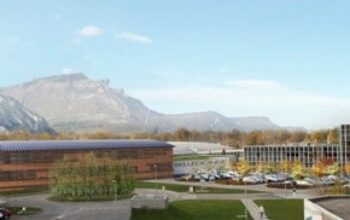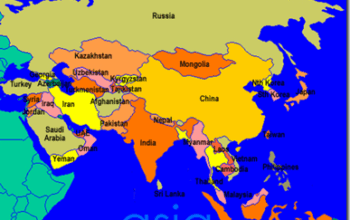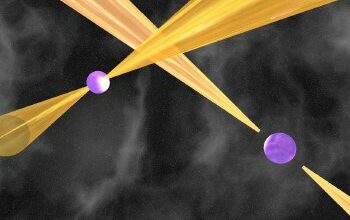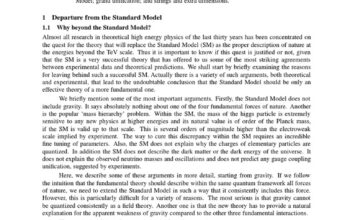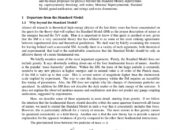Galaxy morphology, specifically the characteristics and influences of giant spiral galaxies, has intrigued astrophysicists for decades. Among the myriad questions posed in this domain, one particularly provocative inquiry arises: do giant spiral galaxies stifle stellar youth? This question encompasses a multifaceted examination of stellar formation, galactic dynamics, and environmental influences within such colossal structures. In addressing this query, we must explore the underlying mechanisms at play and consider both empirical evidence and theoretical implications.
At the crux of this discussion lies the intricate process of star formation. Star formation is governed by the interplay of gas density, temperature, and turbulence within a galaxy. Giant spiral galaxies, distinguished by their sweeping arms and substantial amounts of gas and dust, present a unique environment for this astrophysical phenomenon. Yet, while one might intuitively associate such conditions with prolific star formation, a closer look reveals a more nuanced narrative.
Firstly, it is essential to consider the role of the galactic environment. In giant spirals, central regions often exhibit high-density star clusters, leading to strong gravitational interactions. These interactions can create regions of considerable turbulence. Furthermore, the presence of massive stars, which quickly exhaust their nuclear fuel and explode as supernovae, introduces shock waves that can disrupt the local interstellar medium. Such explosions may senesce nearby molecular clouds, hindering their capacity to collapse under gravitational attraction and subsequently form new stars. In this context, one must ponder: does the vibrancy of bustling star-forming regions inadvertently stifle the nascent stages of stellar youth through gravitational dynamics and explosive death throes?
Another salient factor to consider is the role of galactic-scale processes such as bars and spiral density waves. These structures can affect the inflow of material into the central regions of the galaxy. The spiral arms serve to channel gas inward, yet this process is not impartial. As gas becomes increasingly concentrated toward the center, it may lead to a depletion of star-forming material in the outer regions of the galaxy. Consequently, while the interior may experience a burst of stellar youth, the periphery may languish. This raises critical questions about the spatial distribution of star formation and whether the vibrant youth of stars is systematically diminished across the galactic disc.
Moreover, we must consider the impact of galactic winds and feedback mechanisms. Massive stars, once they form, exert formidable influences on their surroundings. Their high-energy radiation fields can ionize gas, leading to the expulsion of matter from the galaxy. In addition, outflows generated by supernovae can eject significant quantities of gas from the galaxy’s potential well. This gas is critical for rejuvenating star formation, and the removal of stellar material could effectively age galactic systems prematurely. Thus, can we assert that the very forces that create stars are also capable of extinguishing the flames of stellar youth within giant spirals?
Further complications arise when one examines the role of environmental factors in star formation. Giant spiral galaxies exist not in isolation but within richer cosmic environments, such as galaxy clusters. The proximity and interactions of various galactic elements can significantly influence a galaxy’s star formation rate. Tidal interactions, ram pressure stripping, and gravitational encounters can all modulate the availability of gas and the star formation efficiency within these systems. Hence, one must contemplate whether the collective interplay of these factors within dense environments engenders a stifling effect on the youth of stars or if they instead create opportunities for rejuvenation and growth.
Within this discourse, it is imperative to incorporate observational evidence. Studies have shown that star formation rates in giant spirals exhibit a correlation with various structural parameters, such as stellar mass, density, and morphology. However, the relationship is complex. Some observations suggest that the most massive spirals are undergoing a decline in their star formation activities, contradicting the expectation that more massive galaxies should harbor more vigorous and youthful star-forming activities. This disconnect between theory and observation forms the crux of the question: does size and structure lead to stagnation in stellar youth?
In conjunction with this observational data, simulations of cosmic evolution can offer substantial insights into the mechanisms governing star formation. These numerical models elucidate the intricate dynamics of gas flows, star formation thresholds, and feedback mechanisms. They provide a platform to examine how the various forces combine to influence the overall star-formation efficiency in giant spirals. Through this lens, we can begin to identify the parameters that either foster or stifle stellar youth and wealth, leading to a broader understanding of galaxy evolution.
As we forge ahead in our quest to elucidate the complexities surrounding giant spiral galaxies and their relationship with stellar youth, we confront a labyrinth of ideas that challenge our perceptions. Are giant spiral galaxies nurturing havens for stellar rebirth or are they, paradoxically, inhibitors of youthful radiance? The answers remain enigmatic, laden with layers of astrophysical phenomena that require ongoing investigation and integration of multi-faceted disciplines. It is this alluring ambiguity that not only inspires curiosity but also propels the astronomical community toward deeper inquiry into the cosmos’s grand narrative.

